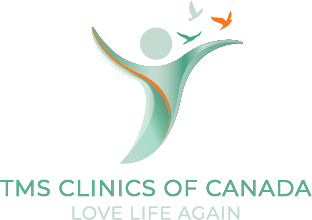Obsessive-Compulsive Disorder
To An Extreme
It’s not uncommon to hear people say they’re OCD about something. Despite how ubiquitously the term is sometimes used, it’s not usually used correctly. Obsessive-compulsive disorder (OCD) is more than just thoughts that people become preoccupied with and repetitive behaviors and rituals that everyone is prone to experiencing from time to time. As a diagnosable disorder, OCD is a cycle of obsessions and compulsions that becomes extreme enough that it takes up a considerable amount of time and gets in the way of living life normally.
Obsessions are intrusive thoughts, images, and urges that are unwanted and trigger distressing feelings. These distressing feelings are quite intense, and often cause the person experiencing them to feel the need to engage in compulsive behavior. The compulsions are intended to ease the distress caused by the obsessions or get rid of them.
Obsessions
The obsessions someone diagnosed with OCD struggles with are outside of that person’s control. They may realize that the obsessions don’t make sense, but that realization isn’t enough to make them go away. OCD obsessions are consuming enough that they get in the way of other important things that the person values in life. Common obsessions include obsession with contamination, losing control, religion, unwanted sexual thoughts, harm, perfectionism-related obsessions, or things like lucky or unlucky numbers or certain colors.
Compulsions
Because the obsessions are intensely distressing, someone with OCD will engage in compulsive behavior in order to alleviate the distress. These repetitive thoughts and behaviors are a short-term solution or coping mechanism that also tend to be quite time-consuming and interfere with normal life. There are mental compulsions, like counting to ensure ending on a “good” number, or canceling or undoing. Other common compulsions include washing and cleaning, checking or repeating, avoiding, or arranging.
Common Treatments
Medication that targets the brain’s serotonin levels (serotonin reuptake inhibitors) and a type of cognitive behavioral therapy called exposure and response prevention are among the most effective common treatments for OCD. These types of treatments are often done in conjunction with one another. They should only be pursued under the direction and supervision of licensed professionals.
OCD and TMS
OCD commonly sets in between the ages of 8-12, or in the late teens or early adulthood. About 1% of the U.S. adult population and 0.5% of children and teens are affected by it. The exact causes are unknown, but genetics appear to be partially responsible. There are also distinct brain differences in those who suffer from OCD. The angular cingulate cortex and medial prefrontal cortex are regions of the brain commonly affected. These structures can be targeted by transcranial magnetic stimulation (TMS) treatment using a magnetic field. It’s a noninvasive treatment that uses no medication and causes no long-lasting adverse side effects, and is considered highly effective.
If left untreated, obsessive-compulsive disorder can have an extremely negative impact on the life of anyone who suffers from it. There is hope, however. Allow the TMS specialists at TMS of Canada to help you. You deserve to live your life free from disruptive obsessions and compulsions.
Even a tiny flame is noticeable in vast darkness.
We will help you find your candle and ignite it.
